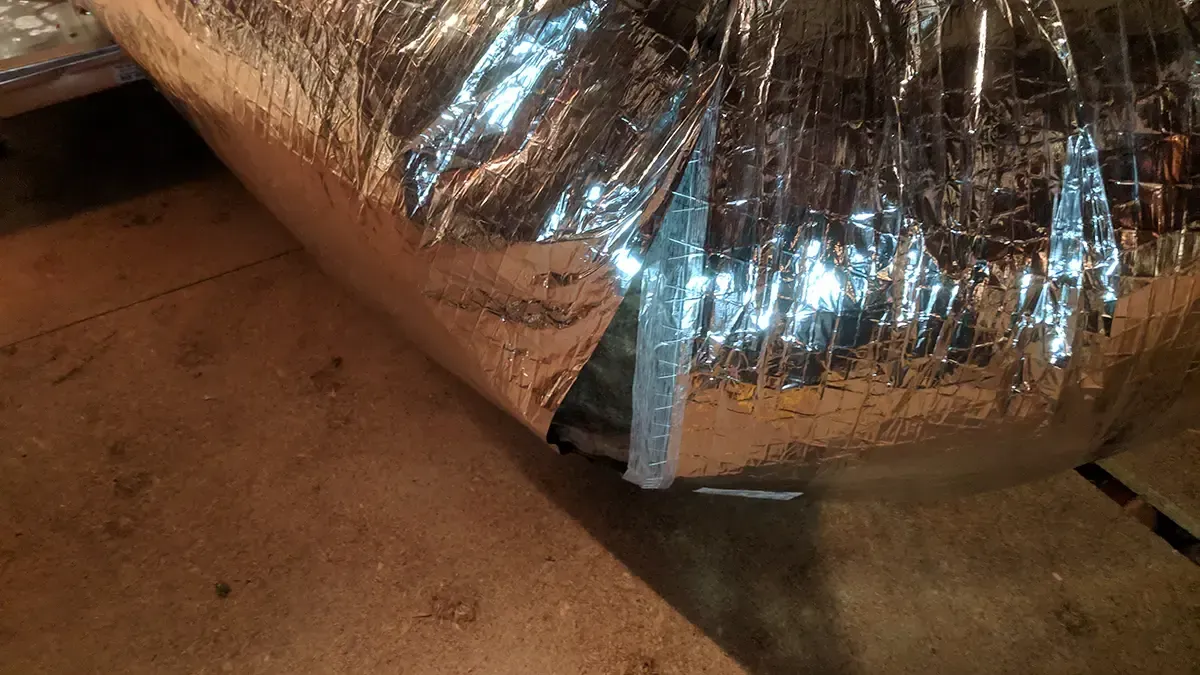Mold Testing, Removal, and Inspection in North Myrtle Beach, SC
Mold in HVAC Systems

HVAC systems are an essential home feature for many people, considering they are more effective, less expensive, and quieter than window air conditioning and mini splits. Just as humans love these systems, so do mold and mold spores. First and foremost, because we can’t see inside our systems, mold could grow unimpeded until it becomes a serious problem, necessitating professional mold testing in Myrtle Beach. Mold is no stranger to taking residence in home and office HVAC systems.
Where does Mold Hide in HVAC Systems?
- Drain Pan: This is located directly under the evaporator coil and is designed to collect moisture and condensation pulled from the air. Mold needs moisture to survive, and mold often begins to grow when the pan is neglected and dirty. Regular maintenance, including thorough mold inspection in North Myrtle Beach, SC, is essential to prevent growth.
- Condensate Drain Line: This pipe within the system is tasked with transporting collected water in the drain pan to an outside drain. The line is directly connected to the drain pan and goes to an external drainage system. These pipes should be flushed annually to ensure the smooth flow of water. When neglected, sludge begins to build up, trapping water. Mold remediation in Myrtle Beach is crucial here, as mold that builds can quickly crawl up the system and into ducts.
- Evaporator Coil: These coils are a key component of all AC units because they absorb heat and moisture from the air. Coils can be found inside the air handler or attached to the furnace. Dust often accumulates on these coils because they are difficult to access, and when dust combines with moisture, mold flourishes.
- Air Ducts: Air ducts are the systems that transport cool and warm air. The system of ducts runs under floors, behind walls, or under ceilings. Older ducts or unsealed ones allow moisture to enter systems. Mold can grow if moisture is present, but natural mold spores traveling through the air can find themselves in your ducts. The best duct cleaning Myrtle Beach SC offers allows you to identify problems and thoroughly remediate them.
For more information about keeping your systems and air clean, you should reach out for the best mold testing, removal, and remediation services in North Myrtle Beach, SC.



